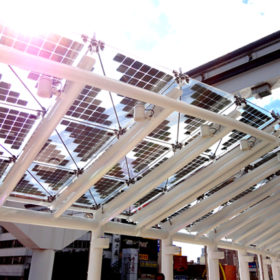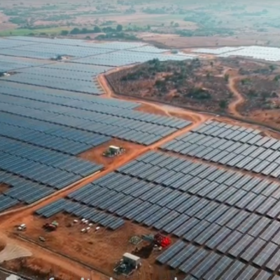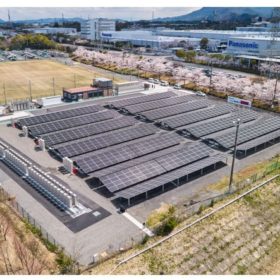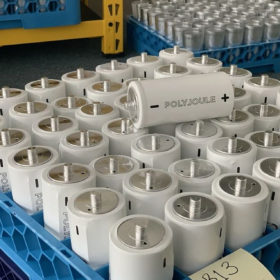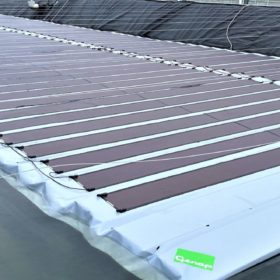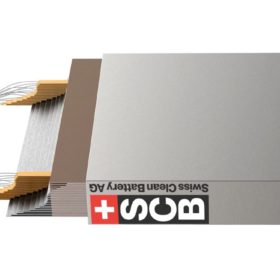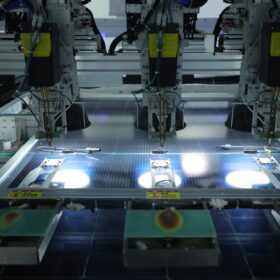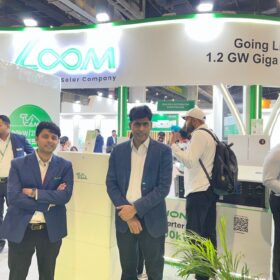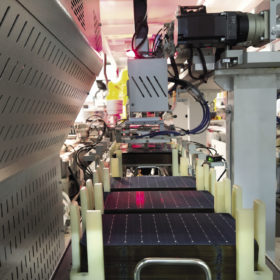Glass-integrated BIPV module from Japan
Japanese glass manufacturer AGC has developed a building-integrated PV (BIPV) panel for different building requirements. It can be installed on facades, canopies, and curtain walls where normal glass can be placed.
ReNew Power selects Librestream’s augmented reality-enabled remote collaboration solution
Librestream’s Onsight solution provides a fully-collaborative environment between remote experts and field technicians, helping to resolve issues at the solar plants quickly and remotely.
Panasonic combines fuel cells, batteries, PV to power factory in Japan
Japan’s Panasonic claims its new pilot solar-plus-hydrogen facility marks the first attempt to create a factory powered by 100% renewables, via the full-scale use of hydrogen.
Lithium battery recycling in India
Nitin Gupta, chief executive officer and co-founder, Attero Recycling, speaks to pv magazine about the supply chain concerns for lithium battery storage manufacturing in India, current battery recycling scenario and Attero’s capacity.
US start-up develops polymer-based batteries for stationary storage
Developed by an MIT spin-off, the device is based on a standard, two-electrode electrochemical cell containing conductive polymers, a carbon-graphene hybrid, and a non-flammable liquid electrolyte. The battery cells were tested to perform for 12,000 cycles at 100% depth of discharge.
Gujarat’s Akshardham temple gets ten portable solar rooftop systems
Servotech Power Systems, with the support of the German Development Agency GIZ, has installed ten portable solar rooftop systems at the Swaminarayan Akshardham temple complex in the Gandhinagar district of Gujarat.
Bluetti launches 350 W portable solar module
The new product relies on 23.4%-efficient solar cells and features a short-circuit current of 10.8 A. It can be folded into a briefcase and is claimed to be an ideal solution for camping and outdoor activities.
Solar inverter fault detection techniques at a glance
New research has categorized all existing fault detection and localization strategies for grid-connected PV inverters. The overview also provides a classification of various component failure modes and their potential causes in a tabular form.
Lightweight solar for agricultural water reservoirs
The Genap Energy Cover uses HyET Solar Powerfoil thin-film solar modules, rated at 12.0% efficiency, for agricultural water storage and reservoirs, with an initial focus on the greenhouse and horticulture markets in the Netherlands. Genap said a 12kWp test setup had a generation density of 60W/m2, rising to 120W/m2 within a year, with an eventual target of 165W/m2.
Pure solid state batteries from Switzerland
Swiss Clean Battery is set to start commercial production of its pure solid state batteries in Switzerland. The batteries are based on a protected electrolyte made of a solid ion conductor, which helps to maintain internal resistance and capacity. The fixed ion conductor is formed in the battery cell itself, similar to a multi-component adhesive.
